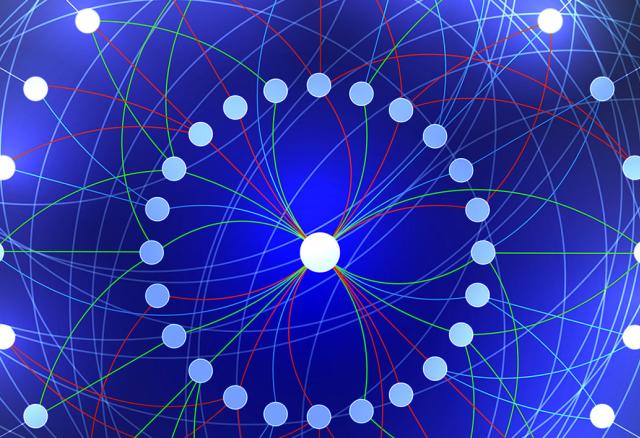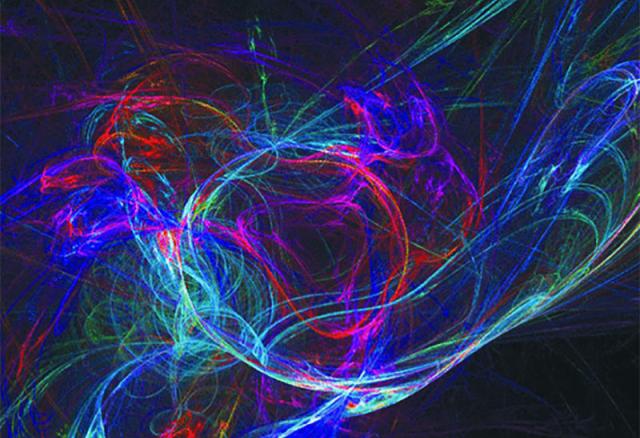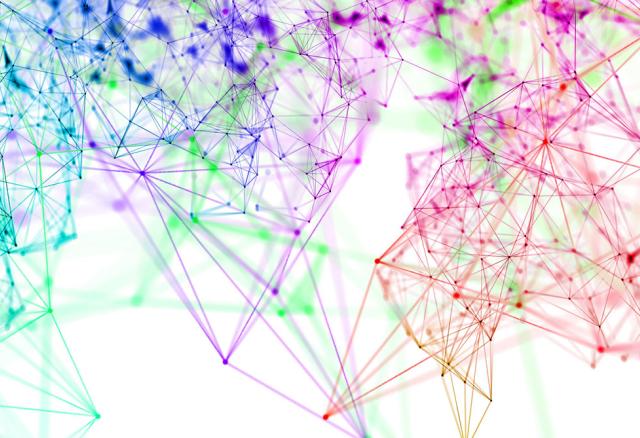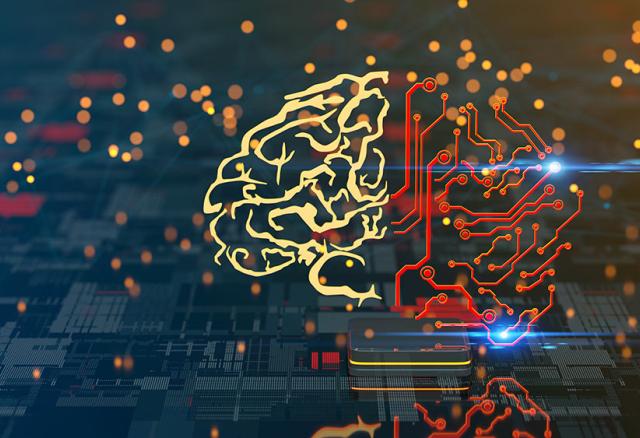Special Issue on Near-Field Signal Processing: Communications, Sensing, and Imaging
Multichannel signal processing technologies are moving toward the deployment of small and densely packed sensors yielding extremely large aperture arrays (ELAAs) in order to provide higher angular resolution and beamforming gain. In particular, technologies are moving beyond the fifth-generation (5G) networks, wherein the adoption of ELAAs or surfaces and the exploitation of higher-frequency bands, e.g., terahertz










